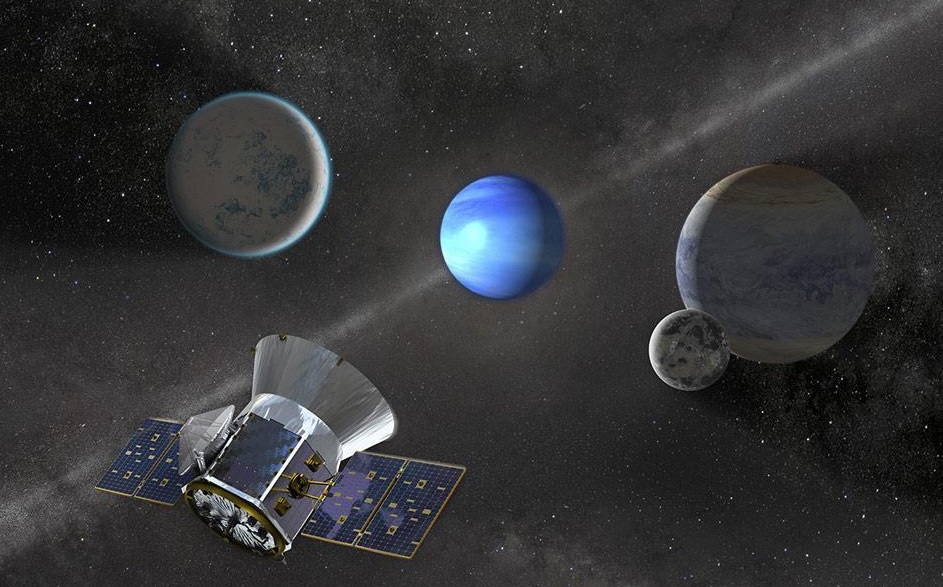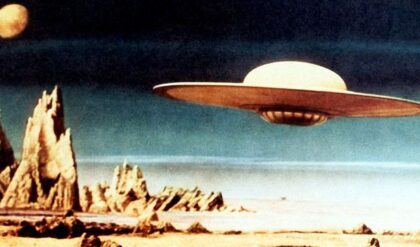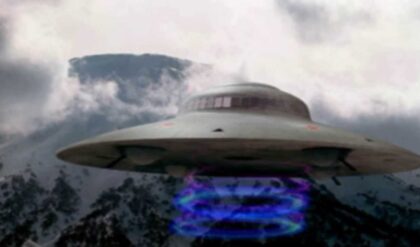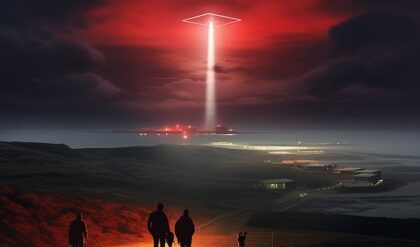
On February 22 (local time), NASA held a press conference in Washington, with the participation of leading scientists and astronomers from around the world, including 4 American researchers and 1 Belgian scientist. The press conference lasted approximately 1 hour and was broadcast live on NASA’s website and Twitter account.

NASA scientists have made a remarkable discovery: a system of seven Earth-sized planets orbiting a star in our galaxy. This system, called TRAPPIST-1, is located about 39 light years from Earth, which is approximately 235 trillion miles. Furthermore, it is located in the so-called “habitable zone”, neither too hot nor too cold. Three of these planets are in the area where liquid water could exist, a key condition for life.
Under the right climatic conditions, all seven planets could have liquid water, which is essential for life. However, the greatest possibilities are found on the three planets that are in the habitable zone. This discovery has set a new record for the number of planets in the habitable zone around a star outside our solar system. This could be an important piece in the search for environments that can support life beyond Earth.
NASA Mission Science Program Deputy Director Thomas Kutcher said: “This discovery indicates that finding a second Earth-like planet is not a question of if, but when. “It is also a big step toward answering the question of whether humans are alone in this universe.”
Michael Gillon, professor at the University of Liège in Belgium and lead author of the study, together with his research team, has been observing TRAPPIST-1, also known as “the ultra-cold dwarf star”, which is red in color and has a mass less than a tenth of the Sun, using a telescope since 2010. Last year, the research team announced the existence of three planets in its orbit. Compared to the distance between our Sun and the planets around it, the TRAPPIST-1 “family” is closer. The “red dwarf” and its seven planets can fit within the distance from the Sun to its closest planet, Mercury. If the Earth were that far from the Sun, it would turn into a fireball. However, scientists note that TRAPPIST-1 emits less heat toward its planets. Depending on the individual atmospheres, the temperature on the seven planets could vary between 0 and 100 degrees Celsius.

Michael Gillon and his team have begun to analyze the chemical components in the atmospheres of these planets. He states: “There is at least one combination of molecules that, if found in significant quantities, would allow us to say with 99% confidence that there is life.” Amaury Triaud, a scientist at the University of Cambridge in the United Kingdom, considers it an important advance in the search for life beyond Earth. On the other hand, Professor Brice-Olivier Demory of the University of Bern in Switzerland says that, so far, TRAPPIST-1 is humanity’s best chance in the search for life outside Earth.
It is not yet clear whether any of the newly discovered planets can support life. However, astronomers say that the surface of the seven planets has water, an element considered essential for life. This international group of astronomers is awaiting the launch of NASA’s James Webb Space Telescope in 2018 to confirm other conditions, such as the atmospheric composition and climate of the newly discovered planets. Astronomers also note that TRAPPIST-1, the star that hosts these planets, is much younger than our Sun. It is estimated that TRAPPIST-1 will continue to shine for approximately 10 billion years, which is more than 700 times the current age of the Sun. Universe. Nature magazine suggests that this time is “sufficient for the evolution of life.”
Previously, in August 2016, the European Organization for Astronomical Research in the Southern Hemisphere (ESO) confirmed the existence of Proxima Centauri b (commonly known as Proxima b), which was considered the second Earth-like planet and is located at an extremely close distance, only 4 light years away. Proxima b raised hopes of becoming a refuge for humanity in the future. However, sadly, after a few months, the ability to support life on this planet was all but ruled out due to its extreme environment.





